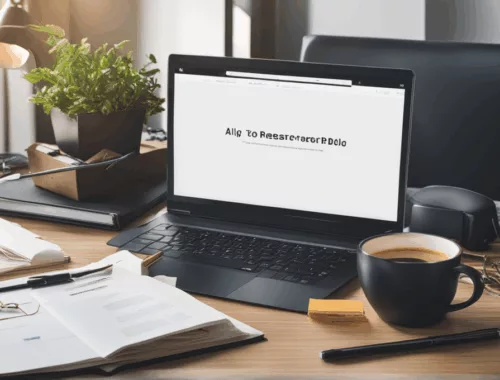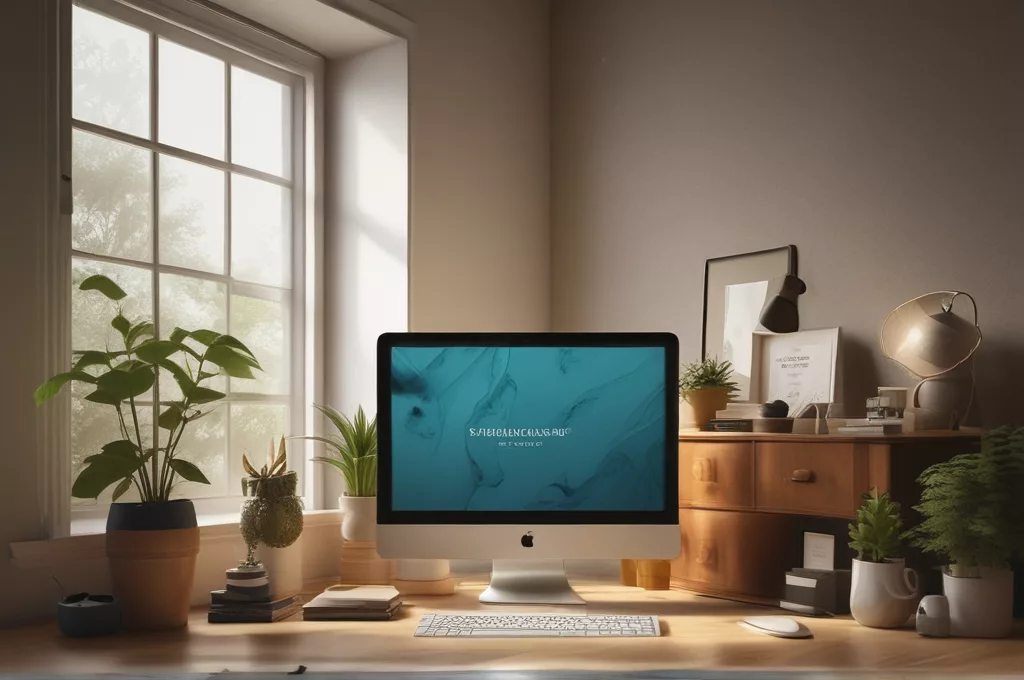
Optimizing Blog Images Without Losing Quality
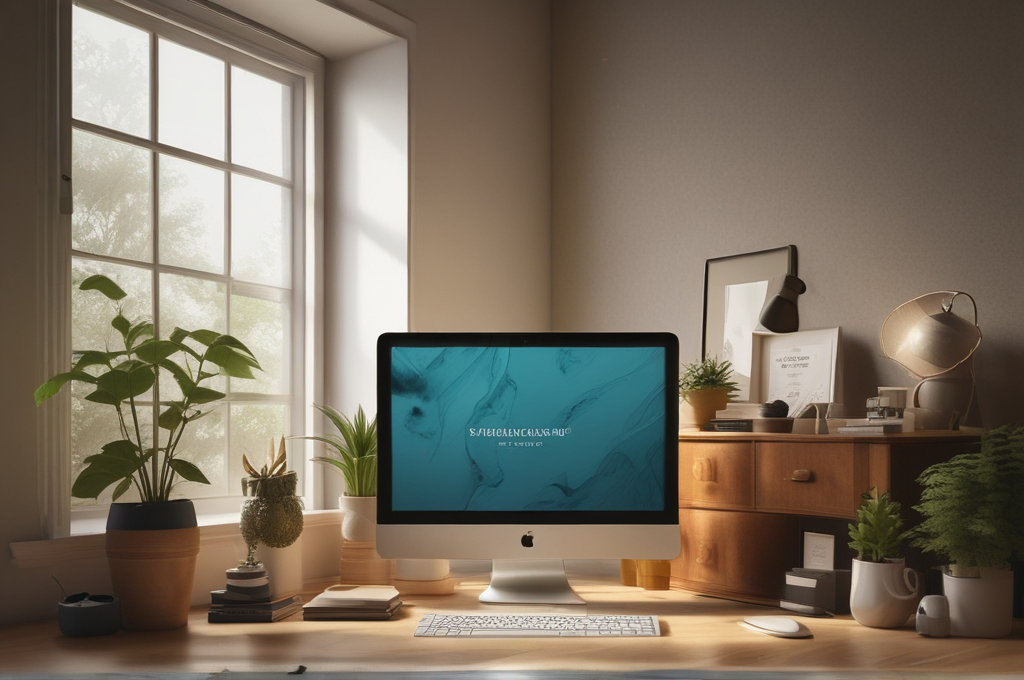 The Art of Optimizing Blog Images Without Losing Quality
The Art of Optimizing Blog Images Without Losing Quality
Choosing the right images for your blog can make or break the overall user experience. But did you know that how you handle those images can significantly impact your blog’s loading speed and SEO? Optimizing images for your blog posts is not just about saving space; it’s about enhancing the user experience and ensuring your blog loads quickly. In today’s post, we’ll delve into the world of optimizing blog images without losing quality. Let’s explore how to get the best of both worlds: fast loading images with impeccable quality.
Why Image Optimization Matters
Image optimization is vital for several reasons:
1. Faster page load times: Optimized images help reduce your site’s loading time, improving user experience.
2. Better SEO: Search engines favor fast-loading websites, and optimized images can contribute to your site’s rankings.
3. Enhanced engagement: Visually appealing images can boost engagement, which is essential for converting readers into subscribers or customers.
The Right Tools for the Job
There are several tools to help you optimize images:
1. Image compression: Use online tools such as TinyJPG or Squoosh, which allow you to compress images without losing quality.
2. Format conversion: Convert your images to formats like JPEG or WebP, which are optimized for web use and offer superior quality compared to traditional formats like PNG and GIF.
3. Crop and resize: Resize your images to the necessary dimensions. Ensure that your images are cropped and optimized for the size they will appear in, reducing the need for unnecessary adjustments.
4. Batch processing: Use tools like Adobe Photoshop or ImageOptim to process multiple images simultaneously, saving you time and effort.
Preserving Quality and Reducing Size
To achieve the perfect balance of quality and size, consider the following techniques:
1. Use a compression setting: Choose a compression setting that balances image quality with file size. This setting can be adjusted based on your preferences and the desired use of the image.
2. Experiment with different formats: Test various formats to see which one delivers the best balance between quality and size for your specific use case.
3. Use progressive JPEGs: Progressive JPEGs load faster and reduce perceived loading times, improving the user experience.
Before and After
Let’s look at an example to illustrate the impact of image optimization:
1. An 800KB image with a resolution of 1920 x 1080.
2. After optimizing with a compression setting of 75 and format conversion to WebP, the file size is reduced to 200KB.
Best Practices
To optimize your images effectively, consider the following best practices:
1. Optimize images before uploading: Use tools such as TinyJPG or Squoosh to compress images before uploading them to your blog or website.
2. Use a content delivery network (CDN): Utilize a CDN to serve optimized images from their global network, reducing the load on your website and improving performance.
3. Use a responsive design: Ensure your images are optimized for different screen sizes and devices, improving the user experience across platforms.
Optimizing blog images without losing quality is essential for enhancing your blog’s user experience and SEO. By employing the techniques and best practices discussed in this post, you can achieve fast loading images with impeccable quality. Remember, it’s not just about the aesthetics; it’s about providing a seamless experience for your readers. Give your blog a facelift today by implementing these image optimization techniques, and watch your blog’s performance soar!
Don’t wait any longer! Start optimizing your blog images today by implementing the techniques discussed in this post. Remember, the best way to learn is by doing, so dive in and experiment with different methods to see what works best for your blog.
Optimizing blog images without losing quality is crucial for enhancing the overall user experience and improving SEO. By using the techniques and best practices discussed in this article, you can achieve fast loading images with impeccable quality. It’s time to give your blog a facelift and provide your readers with a seamless experience. So, start optimizing today, experiment with different methods, and watch your blog’s performance soar! Don’t wait any longer, the ball is in your court!
References
1. TinyJPG (2021). TinyJPG. [Online image optimizer]. Available:
2. Google Developers (2019). WebP Image Format. [WebP documentation]. Available:
3. Squoosh (2021). Squoosh. [Online image optimizer]. Available:
You May Also Like
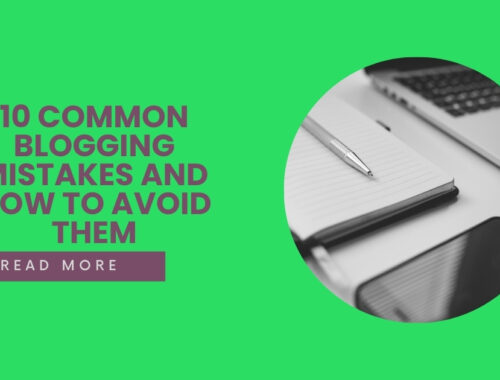
10 common blogging mistakes and how to avoid them
October 17, 2024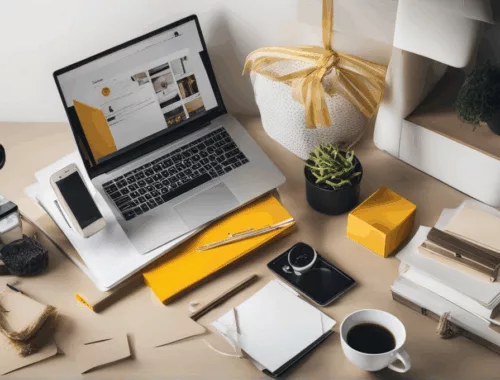
Maximizing Pinterest Traffic for Enhanced SEO Performance
August 10, 2025